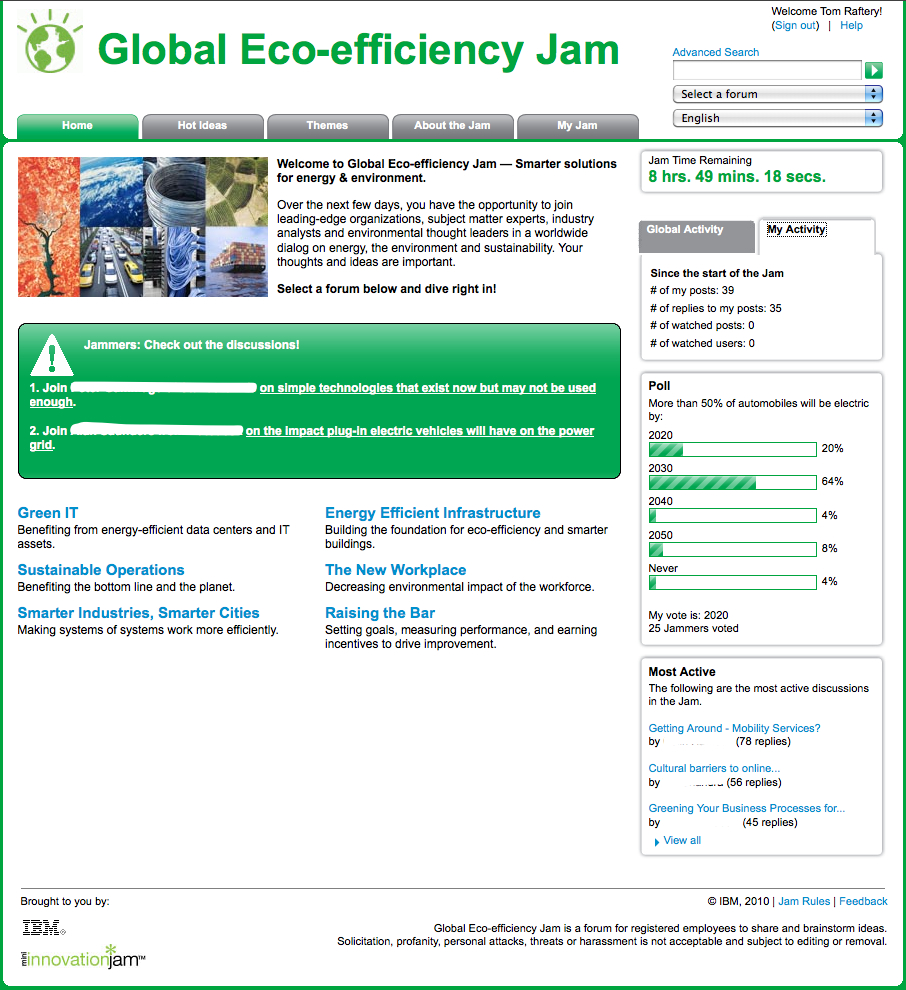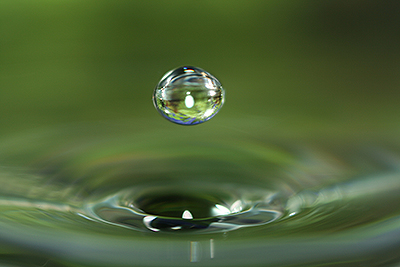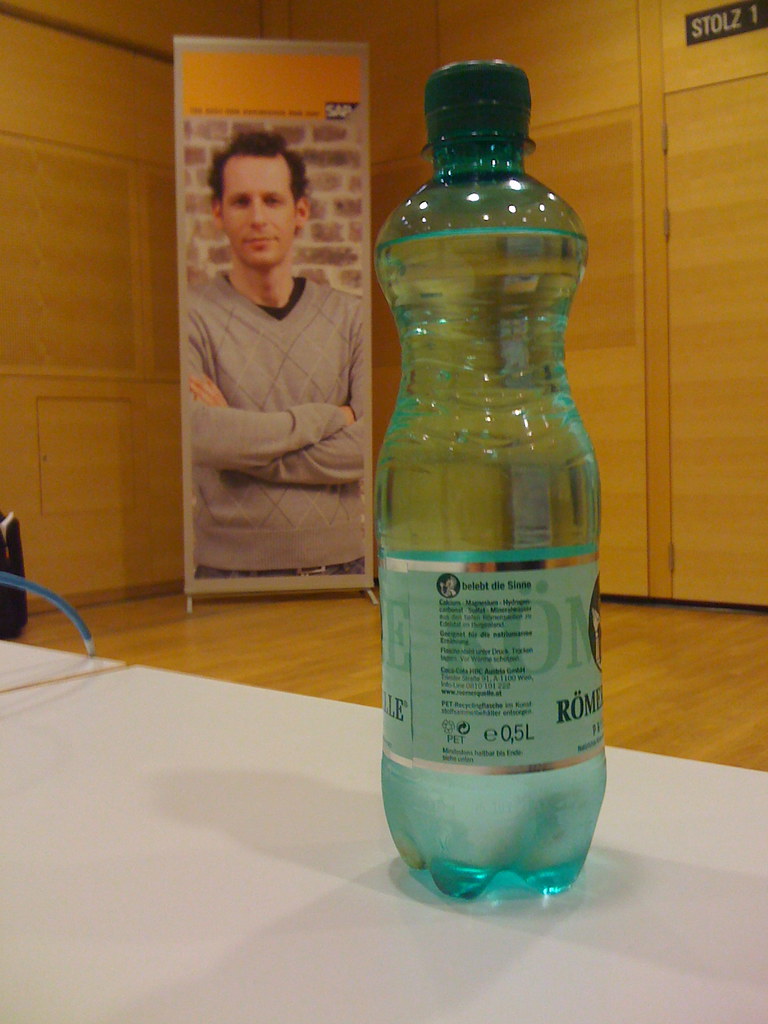
Photo credit Unhindered by Talent
And here is this week’s Green numbers:
-
5 Questions Facing Carbon Software Players
The market for carbon accounting software in the U.S. last year was as small as an average venture capital funding round: about $10 million. But researchers are predicting that the market will boom to some $120 million by next year and $250 million by 2012. Competing for that cash are dozens of startups, as well as big players in the enterprise software field, along with firms that have strayed over from the field of environmental and health compliance.
-
Molly Webb, head of strategic engagement at The Climate Group, said that applying Information and Communication Technology (ICT) could be applied across transport, buildings, power and industrial building to reduce CO2 emissions by 7.8 gigatons by 2020
-
Four Gaps the Smart Grid Can Bridge
First, let?s talk big picture: The smart grid is about multi-decade utility industry transformation. It?s a process that will ultimately encompass everything from “source to socket,? and all that happens from generation to consumer.
-
IBM Helps Toronto Pearson Airport Take Off with $130 Million Smarter Transportation Solution
IBM has signed an $130 million, five-year agreement (CDN 130 $Million) with the Greater Toronto Airports Authority (GTAA) to create a smarter transportation solution that will lead to greater efficiencies and lower fees for airlines.
-
5 Ways to Save Water in the Home : Discovery News
Five good ideas for saving on water consumption in the home.
-
Coast Guard: Deepwater Horizon oil leak FIVE TIMES worse than previously estimated
Officials from the U.S. Coast Guard and BP held a hurriedly called press conference late Wednesday evening to dramatically revise upward previous estimates of the Deepwater Horizon oil spill.
Rear Adm. Mary E. Landry, whose Coast Guard district oversees the cleanup operation, said a newly discovered rupture and calculations by the National Oceanic and Atmospheric Administration (NOAA) have caused estimates of the leak to be raised from 1,000 barrels to 5,000 barrels per day. That?s the equivalent of 210,000 U.S. gallons
-
CEZ to launch Europe’s biggest onshore wind farm (600MW) in Romania
Czech electricity group CEZ said on Thursday that it would soon launch Europe’s biggest onshore wind-power farm at Fantanele, in southeastern Romania.
The 1.1-billion-euro (1.45-billion-dollar) farm will have capacity of 600 megawatts powered by 240 turbines, CEZ development manager Juan Saez Palacios said during an energy seminar in Bucharest.
Posted from Diigo. The rest of my favorite links are here.





